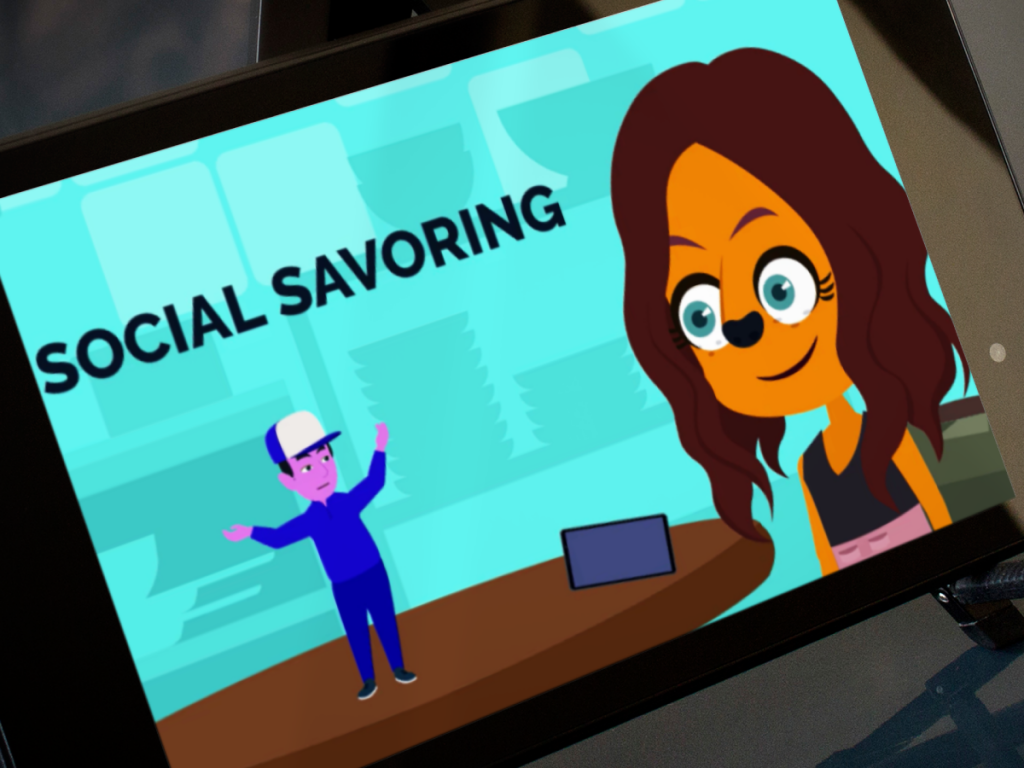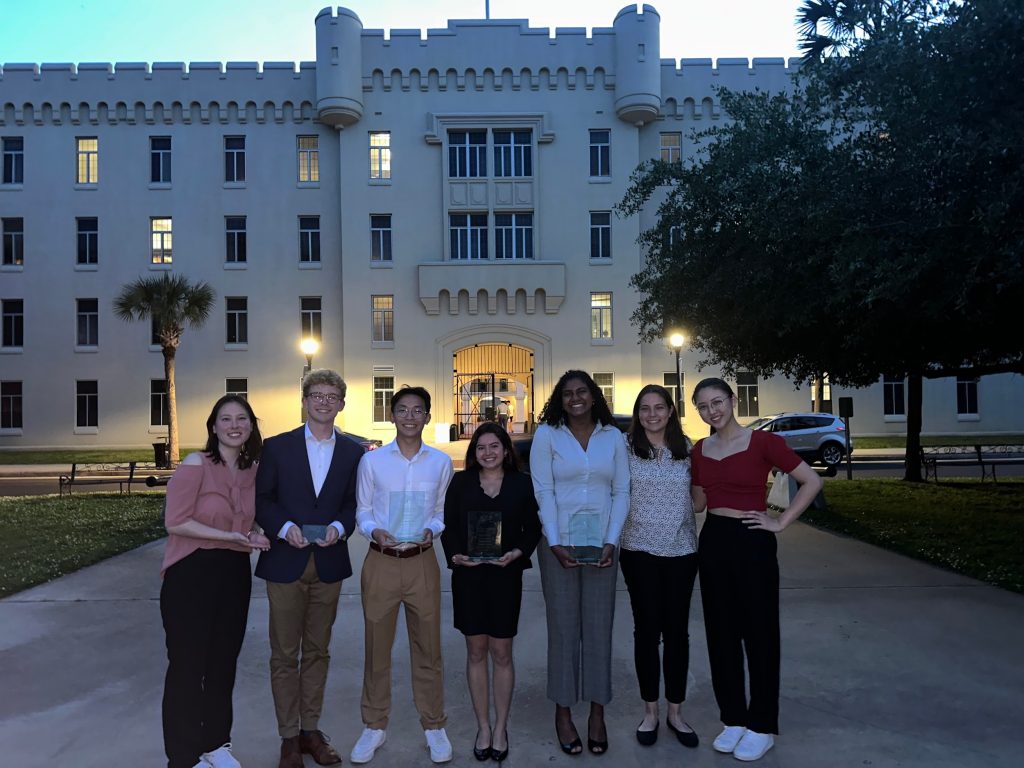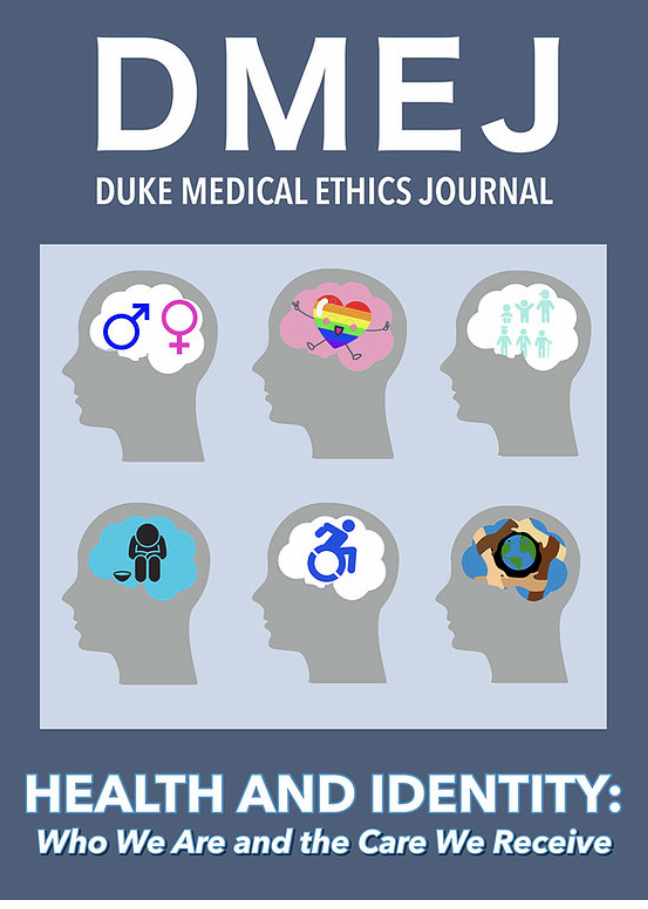Note: Each year, we partner with Dr. Amy Sheck’s students at the North Carolina School of Science and Math to profile some unsung heroes of the Duke research community. This is the sixth of eight posts.
In the complex world of scientific exploration, definitive answers often prove elusive, and each discovery brings with it a nuanced understanding that propels us forward. Dr. Dana Kristine Pasquale’s journey in public health serves as a testament to the intricate combination of exploration and redirection that have shaped her into the seasoned scientist she is today.
Pasquale said her scientific path has been “…a nonlinear journey, that’s been a series of over-corrections. As I’ve gone from one thing to another, that hasn’t turned out to be what I expected.”

Anchored in her formative years in a study abroad experience in Angola, Africa during undergraduate studies, Pasquale’s exposure to clinical challenges left an indelible mark. She keenly observed the cyclic nature of treating infections by shadowing a local physician.
“We would treat the same people from month to month for the same kinds of infections,” she recalled.
Things like economic and social barriers weren’t as stark there – everyone was at the same level, and there was no true impact that she could make investigating them. This realization sparked a profound understanding that perhaps a structural, community-focused intervention could holistically address healthcare needs – water, sanitation, etc. It set the course for her future research endeavors.
Upon returning to the U.S., she orchestrated a deliberate shift in her academic trajectory, choosing to immerse herself in medical anthropology at the University of North Carolina-Chapel Hill. Her mission was clear: to unravel how local communities conceptualize health. Engaging with mothers and child health interventionists, she delved into health behavior, yet found herself grappling with persistent frustrations.
“I found [health behavior] frustrating because there were still a lot of structural issues that made things impossible,” she says. “And even when you think you’re removing some of the barriers, you’re not removing the most important ones.”
Rather than being a roadblock, this frustration became a catalyst for Pasquale, propelling her toward the realms of epidemiology and sociology. Here, the exploration of macro and structural factors aligned seamlessly with her vision for sustainable public health, providing the missing pieces to the intricate puzzle she was trying to solve. She didn’t expect to end up here until her mentor suggested going back to school for it.
As principal investigator of Duke’s RDS2 COVID-19 Research and Data Services project during the early months of the pandemic, Pasquale navigated the challenges associated with transitioning contact-tracing efforts online. Despite hurdles in data collection due to the project’s reliance on human interaction and testing, the outcome was an innovative online platform, minimizing interaction and invasiveness. This accomplishment beautifully intertwines with her ongoing work on scalable strategies to enhance efficiency in public health activities during epidemics.
“We had a lot of younger people say that they would prefer to enter their contacts online rather than talk to someone… something that could be a companion to public health, not subverting contact-tracing, which is an essential public health activity.”
Pasquale’s expansive portfolio extends to an HIV Network Analysis for contact tracing and intelligent testing allocation. Presently, she is immersed in a project addressing bacterial hospital infections among patients and hospital personnel, a testament to her unwavering commitment to tackling critical health challenges from various angles.
When queried about her approach to mentoring and teaching, Pasquale imparts a valuable piece of wisdom from her mentor: “If you’re not completely embarrassed by the first work you ever presented at a conference, then you haven’t come far enough.”
Her belief in the transformative power of mistakes and the non-linear trajectory in science resonates in her guidance to students, encouraging them to not only accept but embrace the inherent twists and turns in their scientific journeys. As they navigate their scientific journeys, she advocates for the importance of learning and growing from each experience, fostering resilience and adaptability in the ever-evolving landscape of scientific exploration.

Guest Post by Ashika Kamjula, North Carolina School of Math and Science, Class of 2024




























